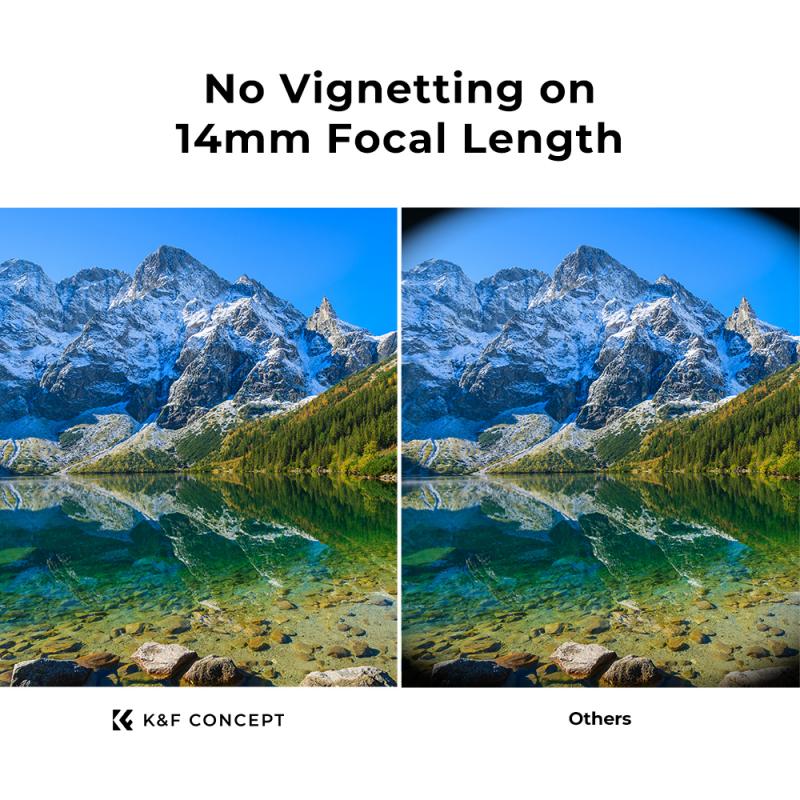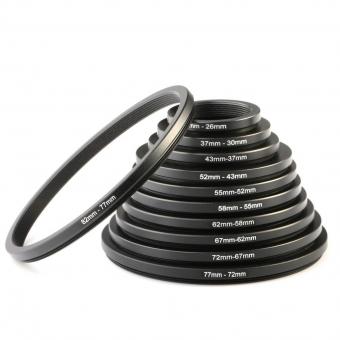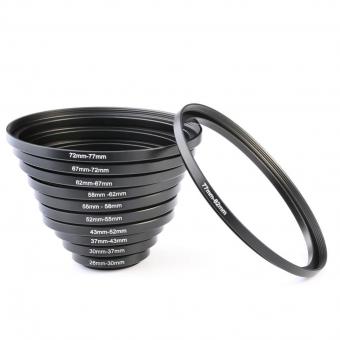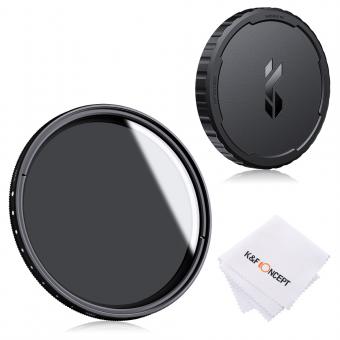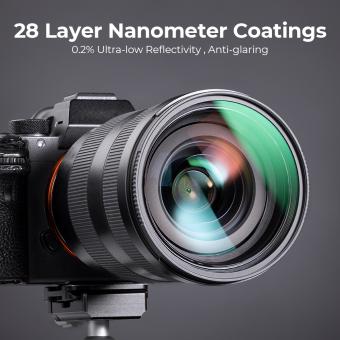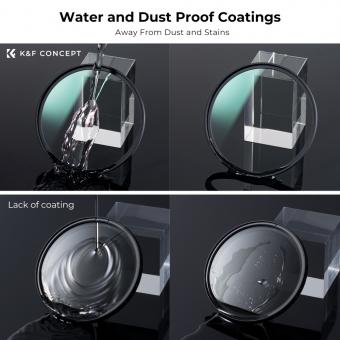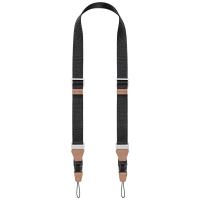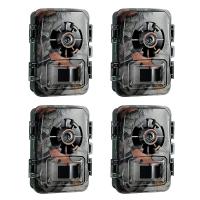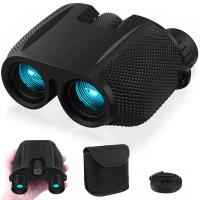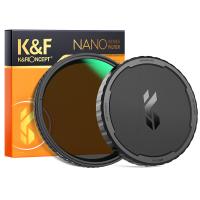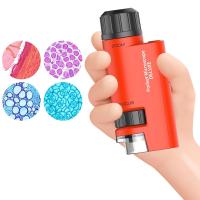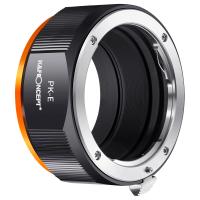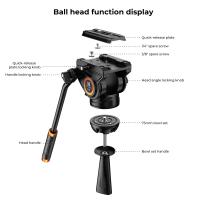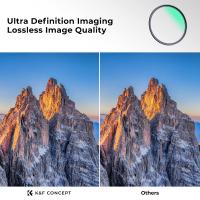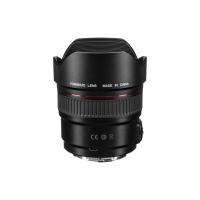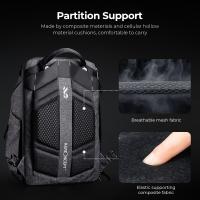What Number Nd Filter ?
A neutral density (ND) filter is a type of camera filter that reduces the amount of light entering the lens without affecting the color or hue of the image. ND filters are typically numbered based on the amount of light they block, with higher numbers indicating greater light reduction. For example, an ND2 filter reduces the light by one stop, while an ND1000 filter reduces the light by 10 stops. The choice of ND filter depends on the lighting conditions and the desired effect. A higher number ND filter is typically used in bright daylight conditions to allow for longer exposures or wider apertures, while a lower number ND filter may be used in low light conditions to achieve a shallower depth of field.
1、 Definition of ND filter
Definition of ND filter:
An ND (Neutral Density) filter is a type of camera filter that reduces the amount of light entering the camera lens without affecting the color or hue of the image. ND filters are commonly used in photography and videography to achieve a shallow depth of field or to create motion blur in bright lighting conditions.
ND filters are rated by their density, which is measured in stops. The higher the density, the more light the filter blocks. For example, a 3-stop ND filter will reduce the amount of light entering the lens by three stops, while a 10-stop ND filter will reduce the light by ten stops.
The latest point of view on ND filters is that they are an essential tool for photographers and videographers who want to achieve creative effects in their work. ND filters allow photographers to shoot at wider apertures in bright lighting conditions, which can create a shallow depth of field and a blurred background. They also allow videographers to shoot at slower shutter speeds, which can create a smooth, cinematic look to their footage.
In addition, ND filters are useful for landscape photographers who want to capture long exposures of waterfalls or other moving water. By using a high-density ND filter, photographers can achieve a longer exposure time, which creates a silky-smooth effect on the water.
Overall, ND filters are a versatile tool for photographers and videographers who want to achieve creative effects in their work. The choice of which ND filter to use depends on the lighting conditions and the desired effect.
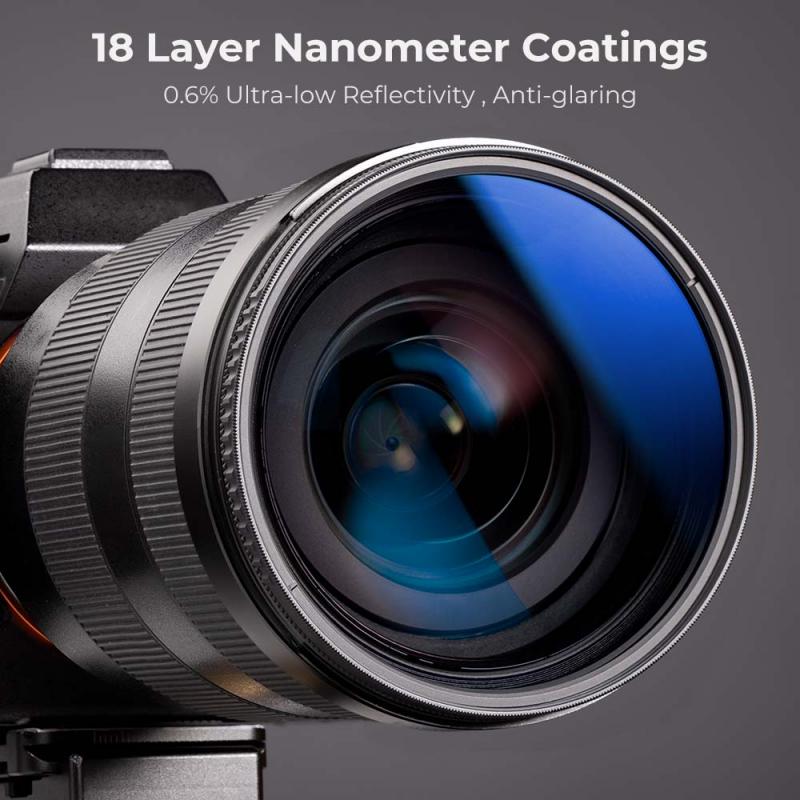
2、 Types of ND filters
Types of ND filters are categorized based on their light reduction capabilities and the materials used to make them. The most common types of ND filters are the fixed ND filters, variable ND filters, and graduated ND filters.
Fixed ND filters have a fixed light reduction capability, usually ranging from 1 to 10 stops. They are ideal for situations where the lighting conditions are constant, and the photographer wants to achieve a specific shutter speed or aperture setting.
Variable ND filters, on the other hand, have adjustable light reduction capabilities, usually ranging from 1 to 10 stops. They are ideal for situations where the lighting conditions are constantly changing, and the photographer wants to maintain a consistent exposure.
Graduated ND filters are used to balance the exposure between the sky and the foreground in landscape photography. They have a gradual light reduction from the top to the bottom of the filter, allowing the photographer to darken the sky while maintaining the exposure of the foreground.
The latest point of view on ND filters is the use of magnetic ND filters. These filters have a magnetic frame that attaches to the lens, making it easy to swap filters quickly. They are also stackable, allowing photographers to combine different ND filters to achieve the desired light reduction.
In conclusion, the type of ND filter to use depends on the lighting conditions and the photographer's desired outcome. Fixed ND filters are ideal for constant lighting conditions, variable ND filters for changing lighting conditions, graduated ND filters for landscape photography, and magnetic ND filters for quick and easy filter swapping.
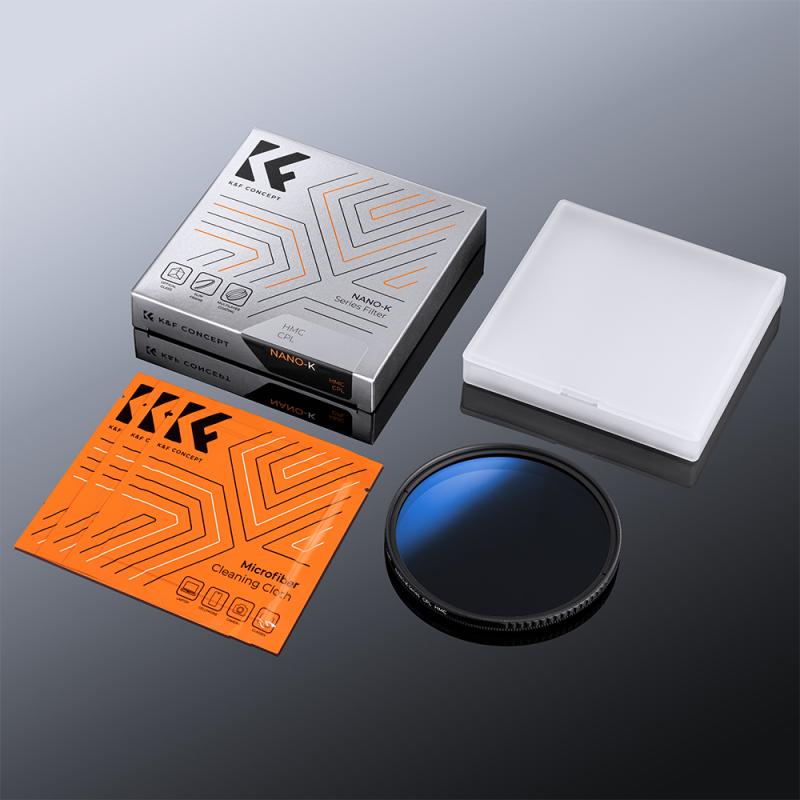
3、 ND filter strengths and f-stop reduction
ND filters are essential tools for photographers and videographers who want to control the amount of light entering their camera lens. ND filters come in different strengths, which are measured in stops of light reduction. The most common ND filter strengths are ND2, ND4, ND8, ND16, ND32, ND64, ND128, and ND1000. Each strength reduces the amount of light entering the lens by a specific number of stops, with ND2 reducing the light by one stop and ND1000 reducing the light by ten stops.
The f-stop reduction that each ND filter strength provides depends on the camera settings and the lighting conditions. For example, if you are shooting in bright sunlight and want to use a wide aperture to achieve a shallow depth of field, you may need to use an ND filter with a higher strength, such as ND64 or ND1000, to reduce the amount of light entering the lens and avoid overexposure.
The latest point of view on ND filters is that they are essential tools for photographers and videographers who want to achieve creative effects and control the exposure of their images. ND filters can be used to create long exposure shots of waterfalls and other moving subjects, to blur motion in video footage, and to achieve a shallow depth of field in bright sunlight. ND filters are also useful for balancing the exposure of a scene with bright and dark areas, such as a landscape with a bright sky and dark foreground.
In conclusion, the choice of ND filter strength depends on the camera settings and the lighting conditions, and each strength provides a specific number of stops of light reduction. ND filters are essential tools for photographers and videographers who want to achieve creative effects and control the exposure of their images.
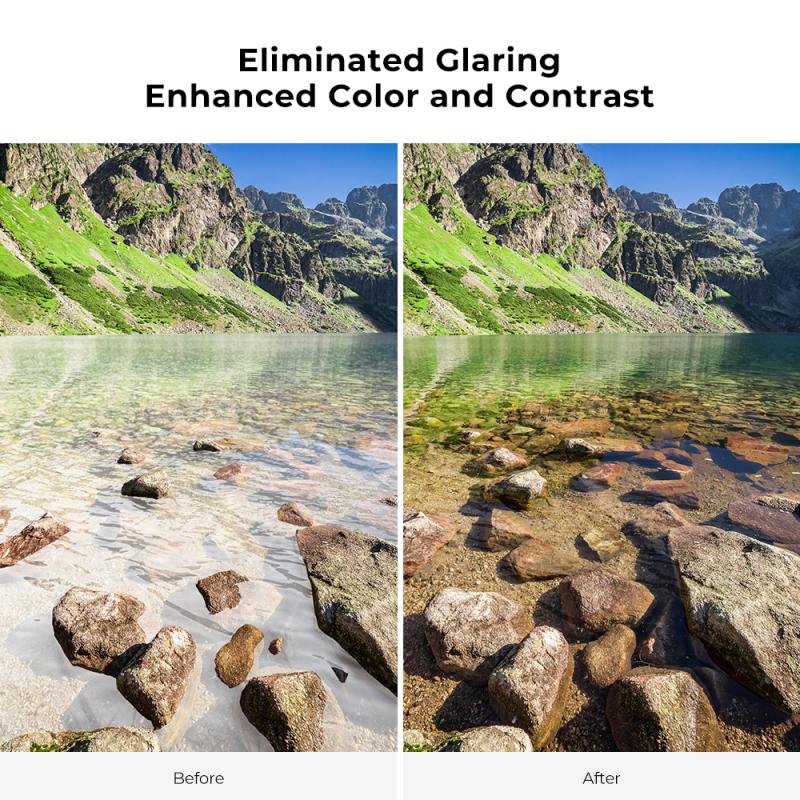
4、 Choosing the right ND filter for your needs
What number ND filter you need depends on the amount of light you want to block and the effect you want to achieve. ND filters come in different strengths, usually measured in stops, ranging from 1-stop to 10-stops or more. A 1-stop ND filter reduces the amount of light entering the lens by half, while a 10-stop ND filter reduces it by a factor of 1,000.
If you want to achieve a shallow depth of field in bright sunlight, a 1-2 stop ND filter should suffice. For long exposure photography, a 6-10 stop ND filter is recommended. Landscape photographers often use a 3-stop ND filter to achieve a balance between exposure and depth of field.
It's important to note that the higher the number of stops, the more color cast and vignetting you may experience. To avoid this, consider investing in high-quality ND filters from reputable brands.
In recent years, variable ND filters have become increasingly popular. These filters allow you to adjust the strength of the ND effect by rotating the filter, making them more versatile than fixed ND filters. However, they can be more expensive and may not be suitable for certain types of photography, such as long exposures.
Ultimately, the right ND filter for your needs depends on your specific photography goals and the conditions you are shooting in. It's always a good idea to experiment with different strengths and types of ND filters to find the one that works best for you.
